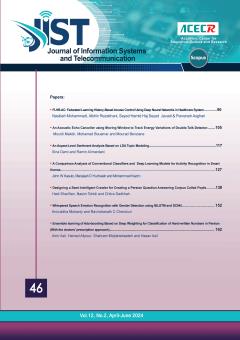This paper presents a robust copyright protection scheme based on Lifting Wavelet Transform (LWT) and Singular Value Decomposition (SVD). We have used fractal decoding to make a very compact representation of watermark image. The fractal code is presented by a binary image. In the embedding phase of watermarking scheme, at first, we perform decomposing of the host image with 2D-LWT transform, then SVD is applied to sub-bands of the transformed image, and then the watermark, “binary image,” is embedded by modifying the singular values. In the watermark extraction phase, after the reverse steps are applied, the embedded binary image and consequently the fractal code are extracted from the watermarked image. The original watermark image is rendered by running the code. To verify the validity of the proposed watermarking scheme, several experiments are carried out and the results are compared with the results of the other algorithms. In order to evaluate the quality of image, we use parameter peak value signal-to-noise ratio (PSNR). To measure the robustness of the proposed algorithm, the NC coefficient is evaluated. The experimental results indicate that, in addition to high transparency, the proposed scheme is strong enough to resist various signal processing operations, such as average filter, median filter, Jpeg compression, contrast adjustment, cropping, histogram equalization, rotation, etc.
Manuscript profile


